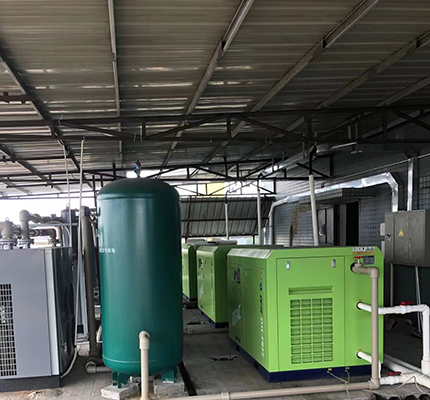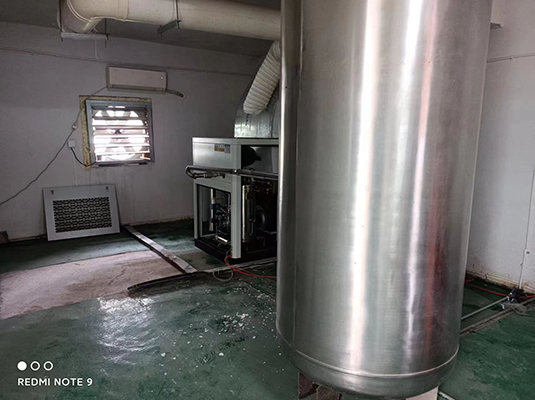Rotary Screw Air Compressor Pressure Settings Adjustment
News 2025-10-24
Rotary screw air compressors are essential components in industrial operations, providing a steady stream of compressed air for various applications. Adjusting pressure settings is a key aspect of maintenance that ensures the system operates at peak efficiency, preventing issues like energy wastage and mechanical strain. This process involves calibrating the compressor’s output to match specific operational demands, which is crucial for maintaining reliability and cost-effectiveness in everyday use.

Application Scenarios
In diverse industrial environments, such as manufacturing facilities and construction sites, rotary screw compressors power tools and machinery that require precise air pressure. For example, in metal fabrication, accurate settings enable consistent welding and cutting processes, while in pharmaceutical production, they support sterile environments by controlling air flow without contamination risks. These adjustments adapt to varying loads, ensuring compressors perform optimally across different scenarios, from high-demand assembly lines to intermittent use in smaller operations.
Performance Advantages
Optimizing pressure settings enhances the overall functionality of rotary screw compressors by reducing unnecessary energy consumption and extending component life. When pressure is finely tuned, the system avoids overworking, which can lower operational costs significantly in energy-intensive industries. This fine-tuning also improves air quality and flow consistency, leading to better performance in applications like sandblasting or pneumatic controls, ultimately boosting productivity and minimizing unexpected breakdowns through proactive management.
Importance in Industrial Processes
Proper pressure adjustment is integral to industrial efficiency, as it directly influences process stability and safety protocols. In sectors like automotive or food processing, incorrect settings can result in product defects or safety hazards, underscoring the need for regular monitoring. By integrating this adjustment into routine maintenance, companies achieve greater control over their operations, reducing waste and enhancing output quality, which in turn supports long-term sustainability and competitive edge in the market.


